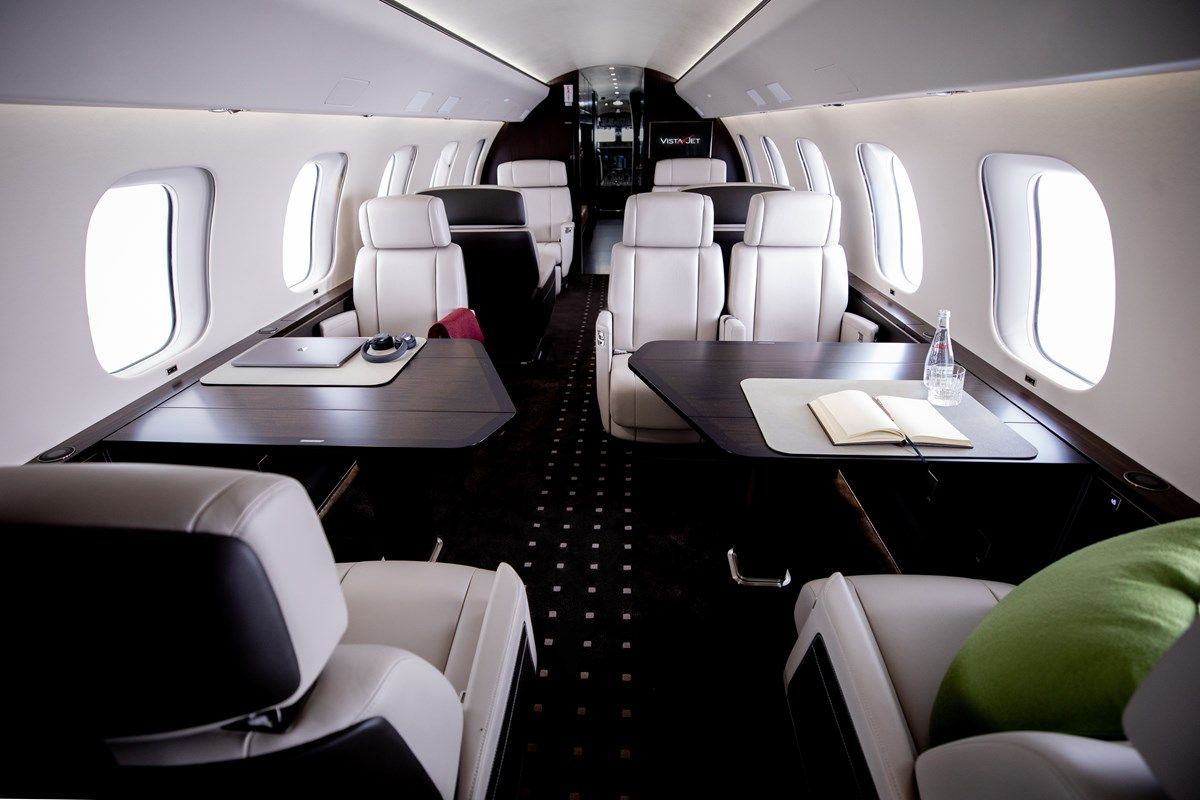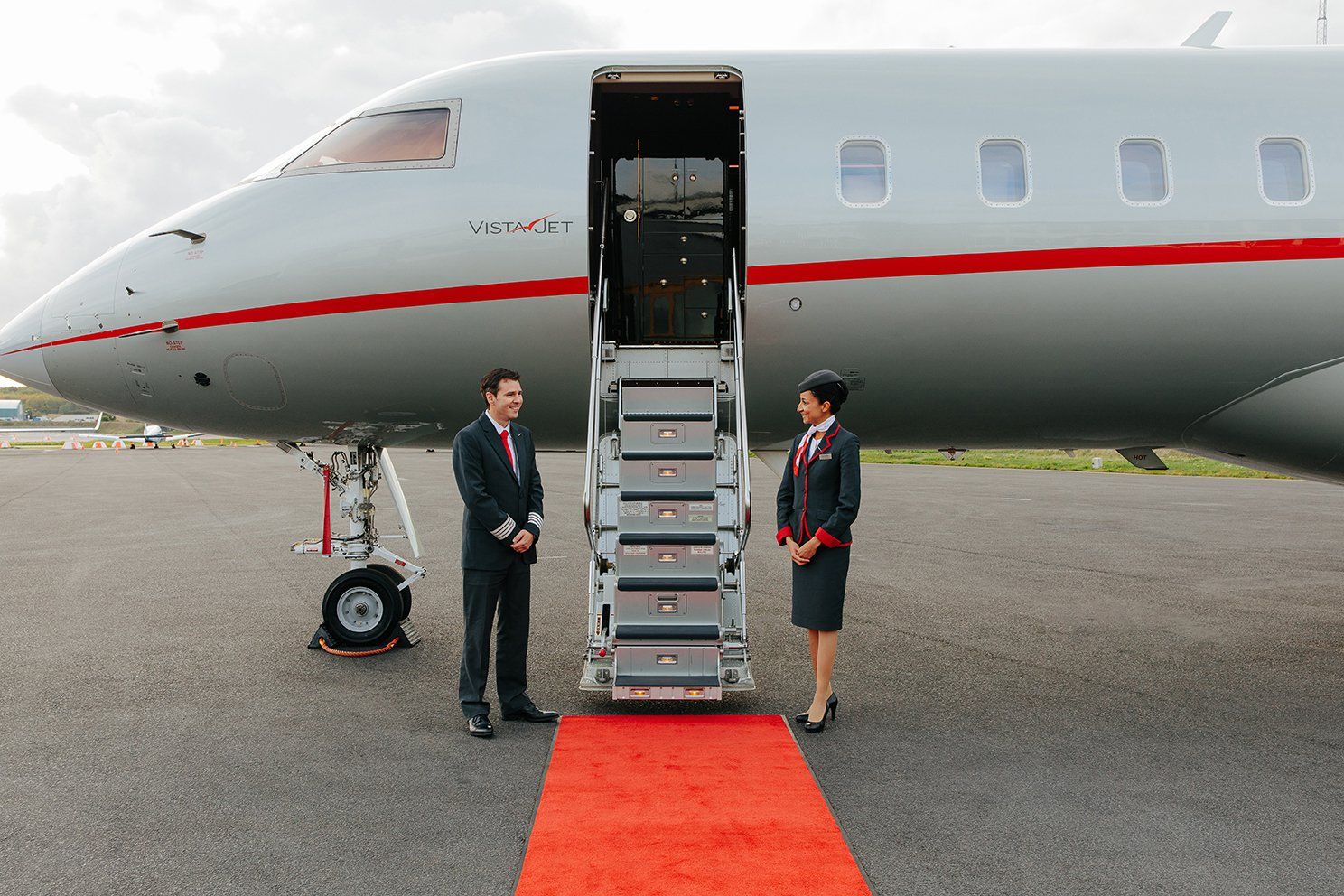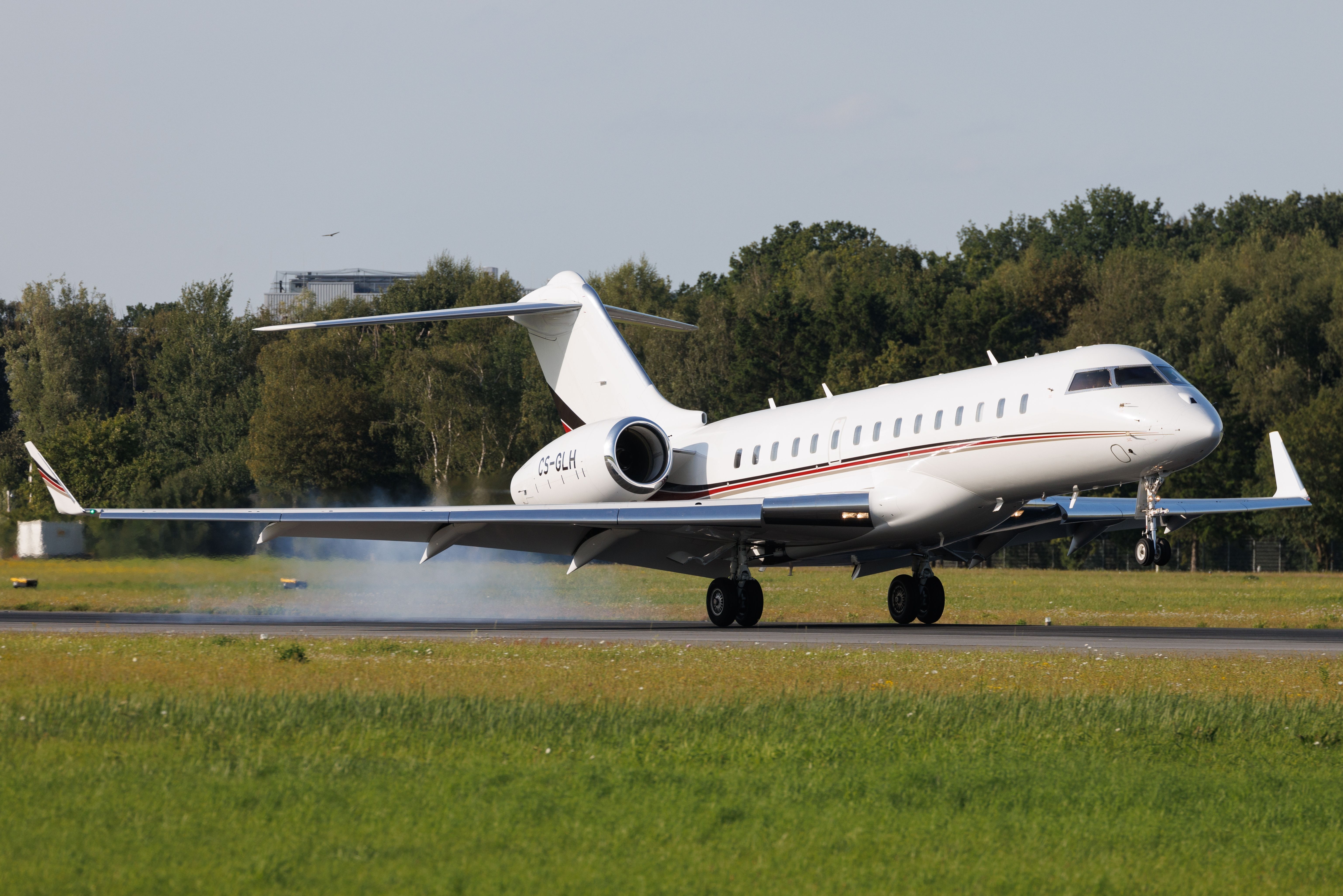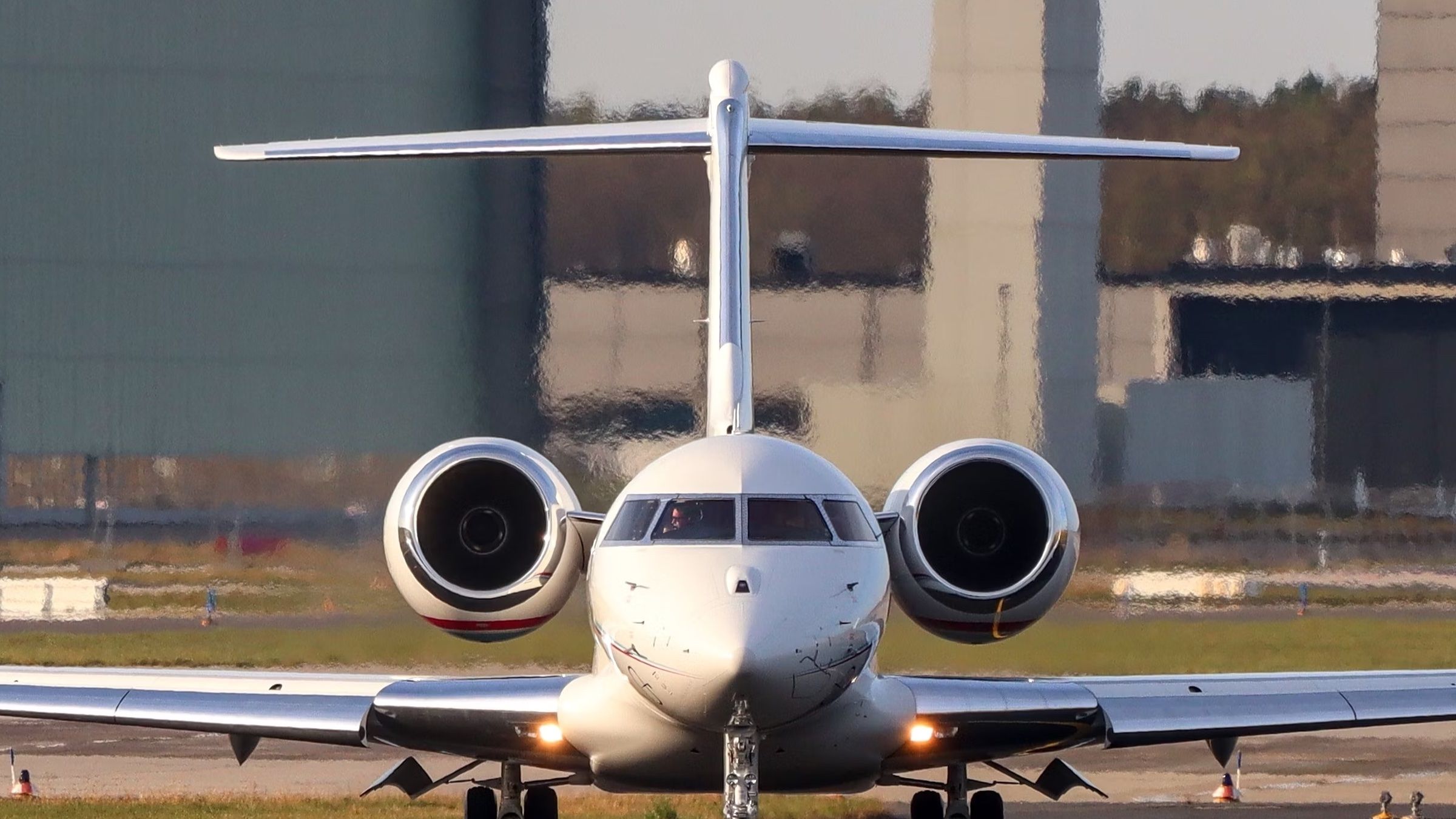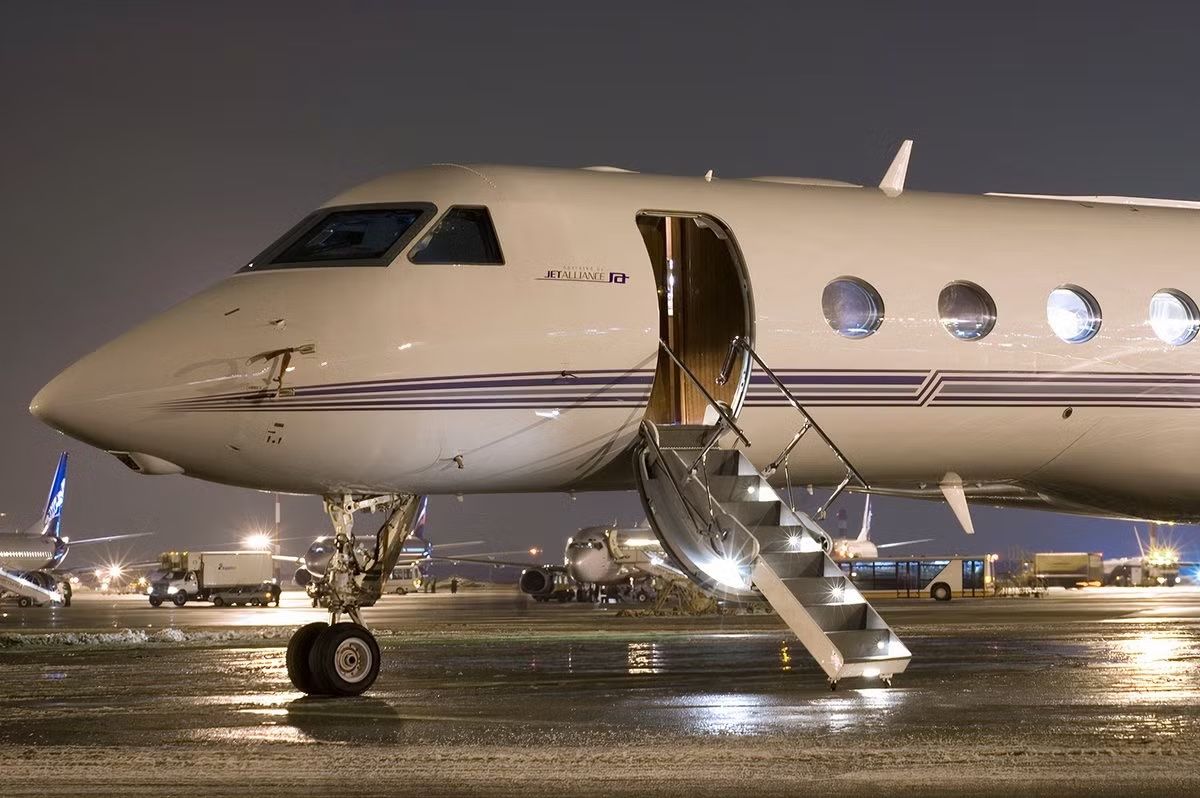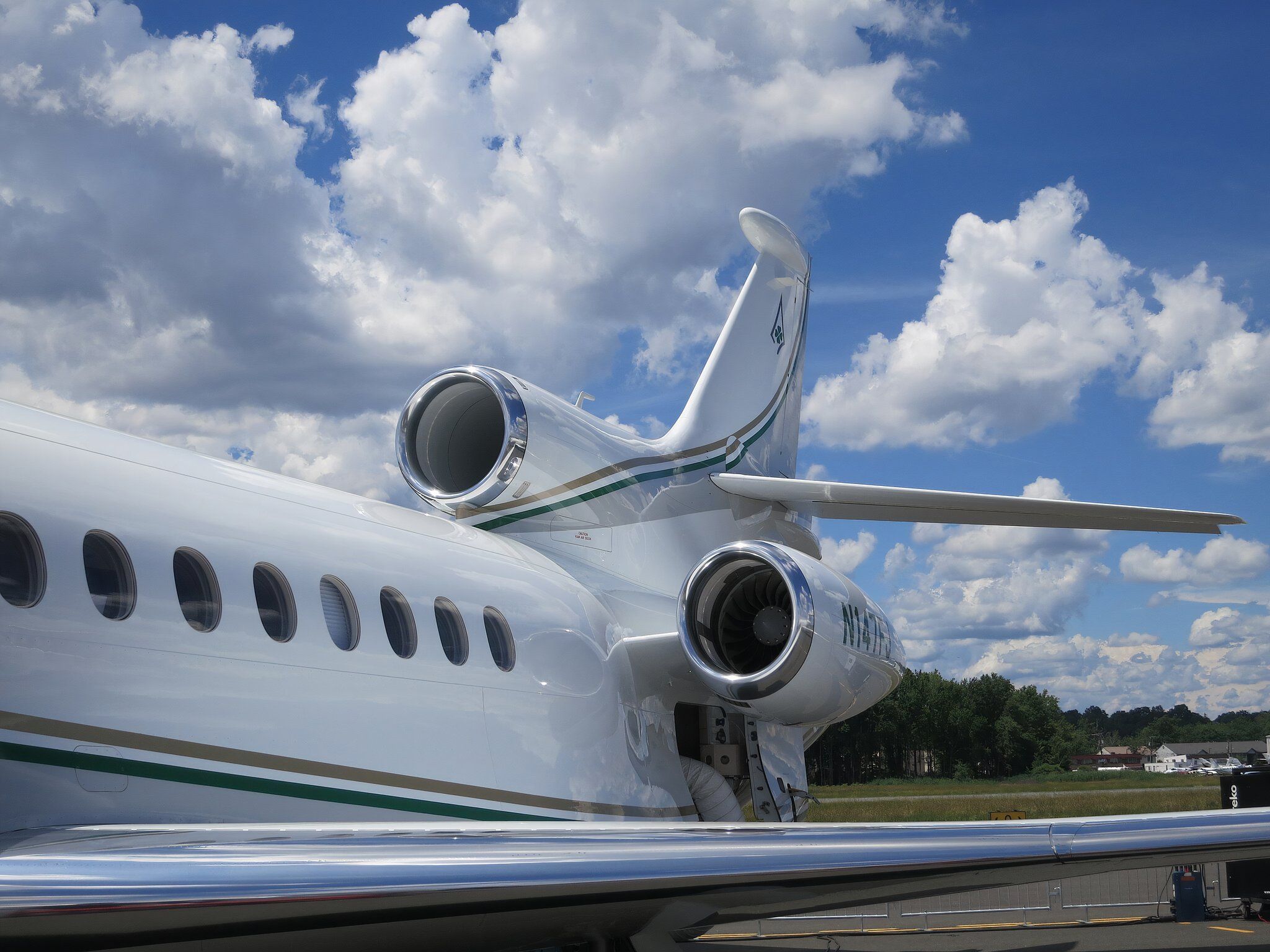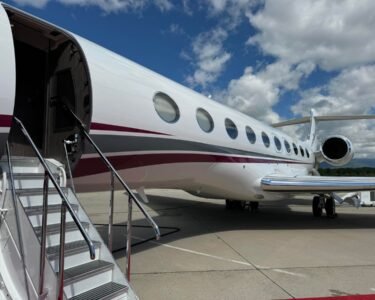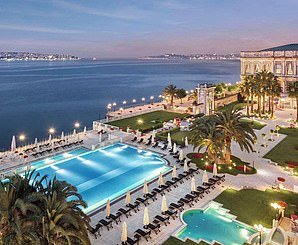For high-net-worth individuals and companies, Private aviation
is a way to save time, increase flexibility, and ensure the highest levels of comfort while traveling for either business or personal purposes. However, with a variety of ways to access private jets today, one question remains: Is it more cost-efficient to charter or own an aircraft?

Flying private provides many advantages and is a privilege for those who are able to pay premium prices for the service. It isn’t, however, as straightforward as might be expected. The world of private aviation requires many considerations in terms of finances, crew, maintenance, insurance, availability, and more. In this article, we will break down the costs, benefits, and trade-offs of ownership and chartering to help you understand which option makes the most financial sense.
Understanding the basics
The primary difference between chartering and owning a private jet is that the first offers the service without commitment. At the same time, ownership requires the buyer to take care of all aspects of flying, such as maintenance, crew, facilitation, insurance, and many more.
In many ways, owning a private jet can be compared to managing a business and ensuring all regulatory requirements are met. On the other hand, chartering a jet might be much more accessible and easier to accomplish. While prices per flight hour will be much higher, there is also much less to worry about for the passengers and much less responsibility. Unfortunately, according to Forbes, around 80% of privately-owned aircraft end up being underutilized, meaning capital can be wasted if the plane doesn’t fly enough. As there are many non-variable costs, ownership becomes efficient only after a certain number of hours are flown.
There are many companies that offer charter services, such as NetJets, XO, or VistaJet. Many also provide hybrid options such as Jet Cards or fractional ownership, splitting costs and responsibility while maintaining flexibility and freedom.
Cost breakdown: charter
The key benefit of chartering an aircraft is little to no upfront costs. Some companies might require a deposit, membership, or minimum annual commitment, but the fees are not remotely close to prices related to buying an aircraft. Doug Gollan, a private aviation analyst in conversation with PrivateFly, said: “If you’re flying less than 50 hours per year, chartering is almost always the smarter move.” Further highlighting the importance of knowing what to expect and individual flying needs.
The hourly cost of chartering a plane ranges greatly depending on the size, model, aircraft age, and other variables. Typically, the prices are between $3,500 and $18,000 per hour. For example, according to Claylacy, a trip between New York City
and Los Angeles
on a Gulfstream
450 will cost approximately $102,000.
|
Jet type |
Capacity |
Range |
Hourly cost |
|---|---|---|---|
|
Light |
4-8 |
1,500–2,000 miles |
$3,000 – $4,250 |
|
Midsize |
6-8 |
2,200–3,500 miles |
$3,500 – $4,500 |
|
Super midsize |
8-10 |
3,000–4,200 miles |
$5,000 – $6,500 |
|
Large |
9-19 |
3,500–7,800 miles |
$5,550 – $7,500 |
|
Ultra-long range |
10-19 |
4,000–9,000 miles |
$8,500 – $12,000 |
The cost of chartering usually includes using the jet with the ability to go almost anywhere the range permits, including crew members, fuel, and all related costs. Some additional costs, however, such as overnight parking, customized catering, and international fees, might be put on the client. Generally, this will be the better option for those flying less than 100 hours annually, even including the extra fees. Charter clients will only pay for the time spent in flight and can cater the aircraft size to what they currently need.
Costs associated with chartering
- Billable flight hours
- Fuel surcharge
- Crew fees
- Landing and handling
- Federal excise tax (for US domestic flights)
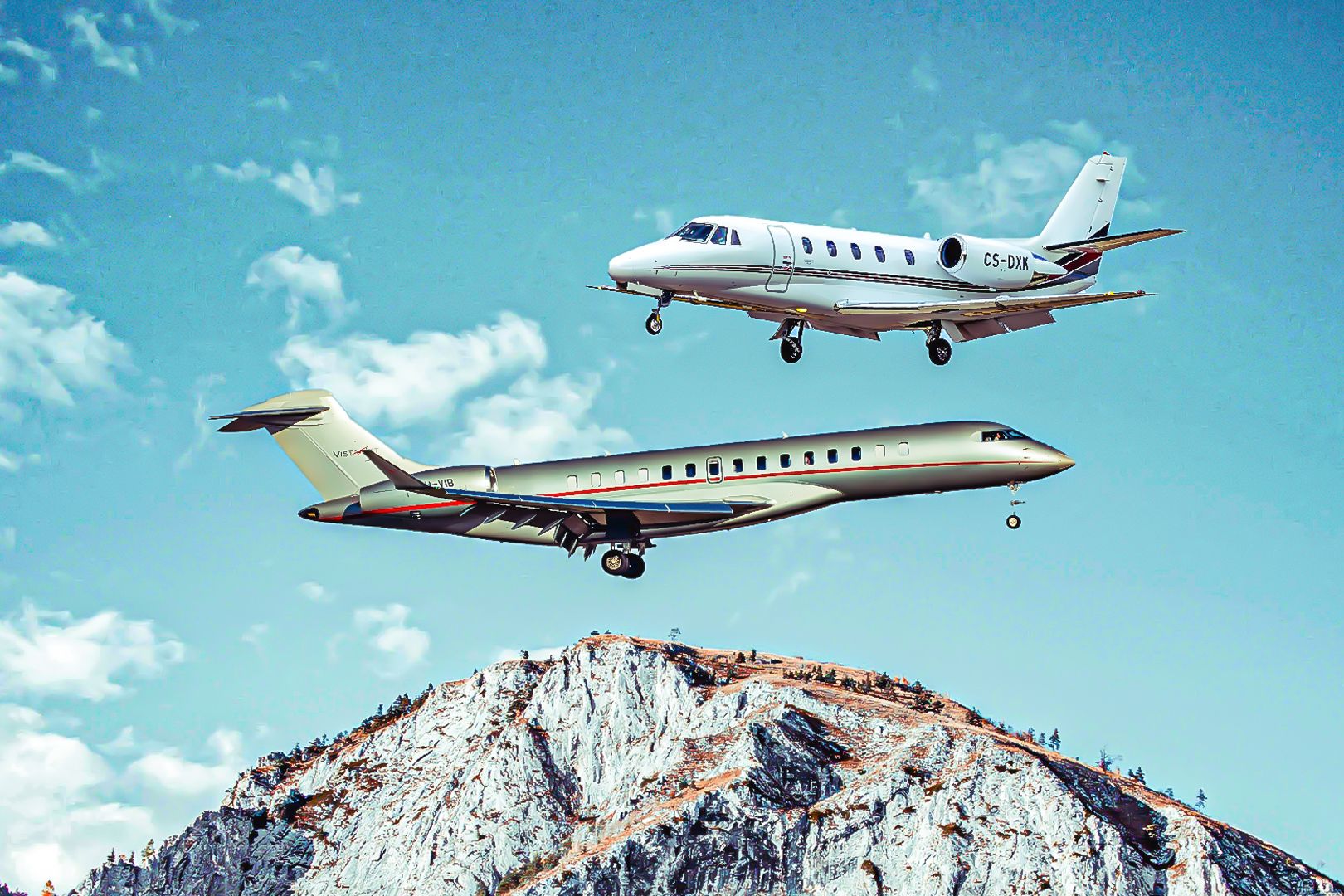
Related
What Are The 10 Most Popular Private Jet Charter Companies?
These companies demonstrate the diversity and innovation driving the private jet industry forward.
Cost breakdown: ownership
Photo: Kevin Hackert | Shutterstock
Despite being very expensive both in purchase and upkeep, private jets offer unique advantages that cannot be matched by any other type of transport. Buying your own aircraft grants you full control and authority over configuration, interior design, amenities, and sometimes even personalized exterior, making for a top-level travel experience. While charters might not always be available on notice, ownership guarantees that the aircraft is at the owner’s disposal.
Owning an aircraft is most cost-efficient when used more annually as it splits non-variable costs between the hours flown. However, when that’s not the case, owners have the ability to offset some of the operational costs by offering their aircraft for charter via third-party companies. This can allow for extra income but brings up other considerations, such as increased tear and wear and regulatory compliance.
It’s also important to remember that an aircraft depreciates annually by around seven to 10%, depending on the market. This means that most often, the value and selling price will be much lower than the purchase. In addition to annual fixed fees, which vary between $500,000 and $1 million, and variable costs of operations per hour – $2,000 to $5,000, this should be taken into account in all financial assessments.
|
Type |
Purchase price |
|---|---|
|
Light jet |
$3 million to $8 million |
|
Mid-sized jet |
$9 million to $16 million |
|
Heavy jet |
$25 million to $75 million |
Frequency of use is the key variable
Photo: Jet ThaKlein | Shutterstock
People who fly often might see that options such as fractional ownership or jet cards are more cost-effective than standard chartering services. On the other hand, for those looking for private occasional flights, on-demand chartering will most likely be the best option. The frequency of flights is the key element in terms of cost-effectiveness between chartering and owning.
It is generally understood that the line should be drawn in the 200-hour annual range, and for those flying under 50 hours, an on-demand charter will be the best option. It allows you not to have to worry about fixed costs, such as hangars, maintenance, crew, or planning. For those who fly between 50 to 200 hours annually, options such as jet cards or fractional ownership are growing in popularity. Operators such as Netjets
or Flexjet
have programs aimed especially at those individuals, taking into account their needs and expectations.
It is also important to note that some operators offer flexible packages for fixed hours. This allows for a more individual approach to the service while not needing to go the ownership route. In cases of commercial uses, frequent fliers can also consider buying the jet as a long-term strategy, taking advantage of tax incentives and the ability to depreciate the aircraft as a business asset. At the end of the day, however, everything comes down to the question of: How many hours a year do you actually spend?

Related
The Cost Of Renting A Private Jet In 2025
Renting a private jet is often considered to be the most luxurious way to travel.
Other factors that affect value
The price of the aircraft and initial costs are not everything. There are plenty of other non-financial factors that influence the decision to choose between chartering and buying a private jet. Many owners take advantage of the tax benefits that these jets bring. In the United States, buying a jet for business can allow very beneficial write-offs, saving large amounts of money. Additionally, the ability to leverage depreciation can make much more financial sense.
Not without meaning is also the flexibility that these services offer. Owning an aircraft means full control over the schedule, crew, interior, and systems. On the other hand, charters give more freedom in aircraft selection, catering to immediate preferences, such as the number of passengers or needed range, without worrying about the logistics.
|
Option |
Flexibility |
Fixed annual cost |
Financial benefits |
|---|---|---|---|
|
Charter |
High |
None |
None |
|
Jet card |
Medium |
Low |
None |
|
Shared ownership |
Medium |
Medium |
Partial |
|
Full ownership |
Full |
High |
Yes |
Looking at the bigger picture
Cost-effectiveness remains popular in discussions regarding chartering and ownership of private jets. However, the image and environmental angles are also becoming increasingly popular. Private flights are constantly under the public’s eye, with the “flight shaming” movement growing in popularity. For both companies and well-known individuals, using a private jet can mean taking the risk of affecting reputation, no matter if it’s chartered or owned.
For those considering private flying, a good approach is understanding their own flying habits. Whether it’s required sporadically, they are looking for a bespoke experience or simply a way to get from point A to point B. Recognizing these needs and factors will be the best guide in the decision-making process, helping assess the cost and general requirements.
As the private jet industry continues to evolve, with much effort into sustainability, manufacturers and operators are investing in sustainable aviation fuel and the next generation of aircraft designed for lower emissions. In the next couple of years, convenience will most likely be as crucial as environmental impact, making these considerations important while making the final choice. Middle grounds like jet cards will possibly grow in popularity, allowing travelers to enjoy the benefits of private aviation, such as flexibility, time-saving, and comfort, without the financial and operational burden of buying an aircraft.
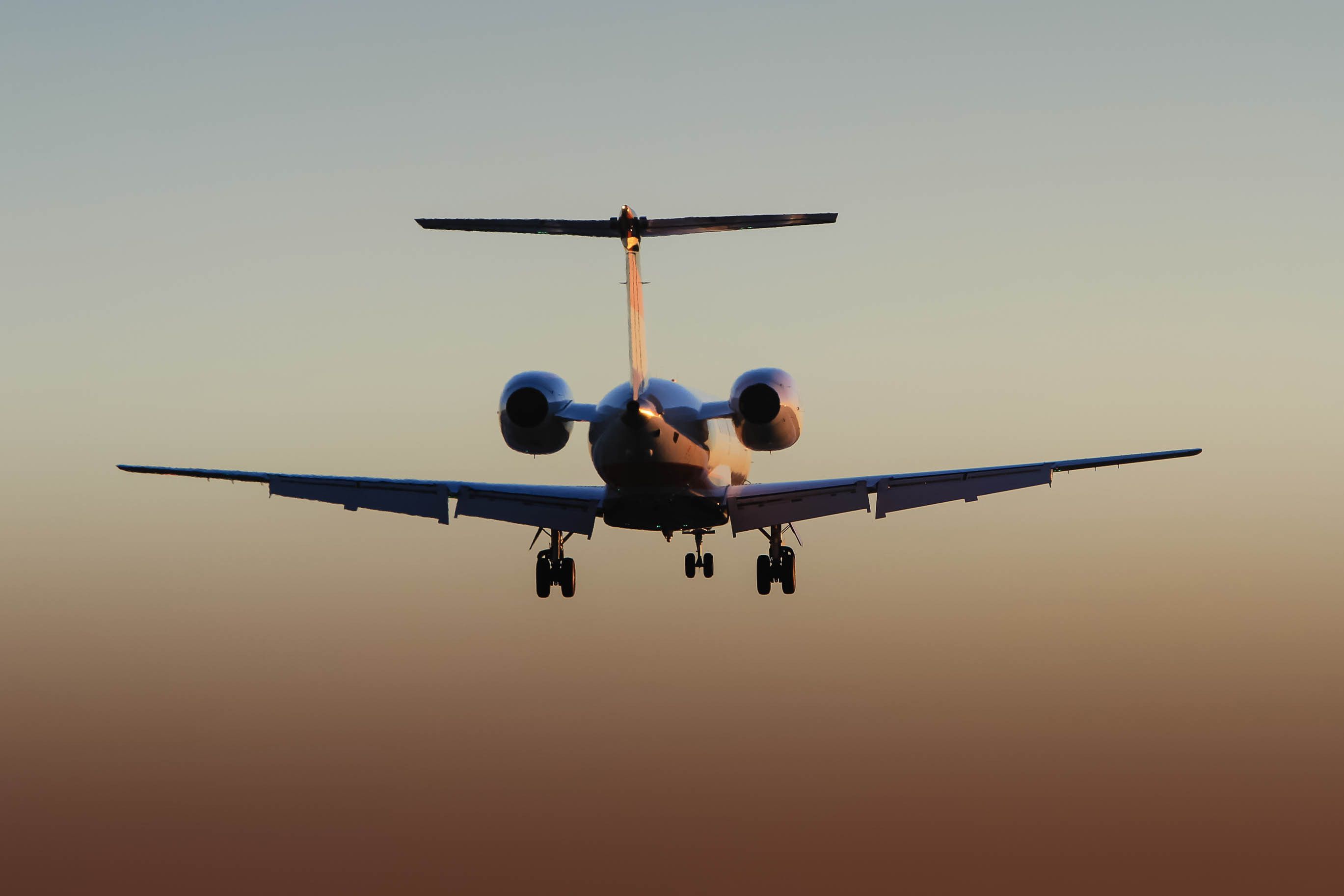
Related
How Bad Are Private Jets For The Environment?
Public scholars believe the explosion of private jet use has been unwelcome to the Earth and taxpayers.


